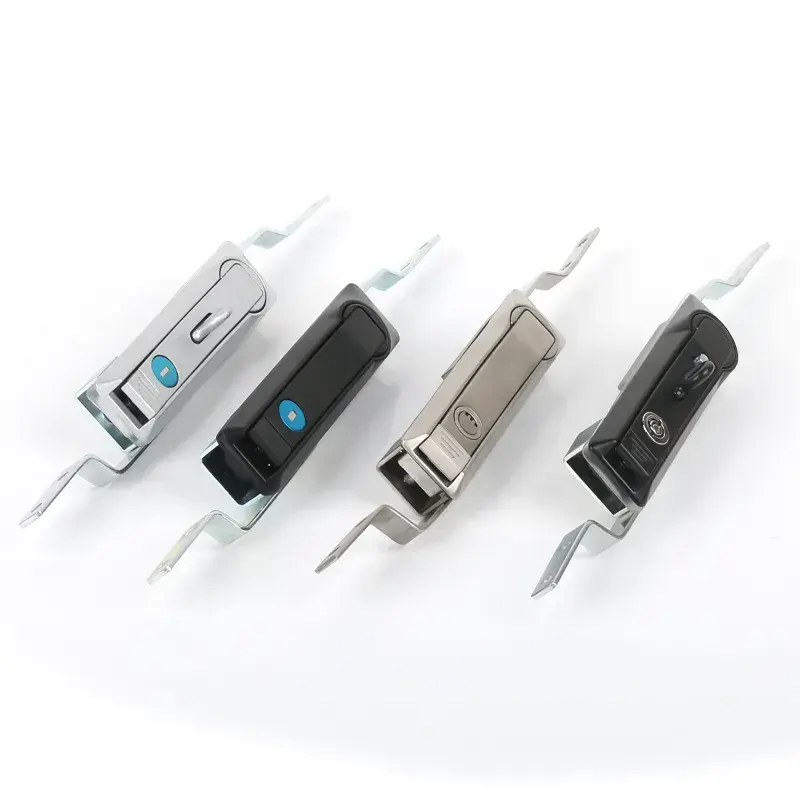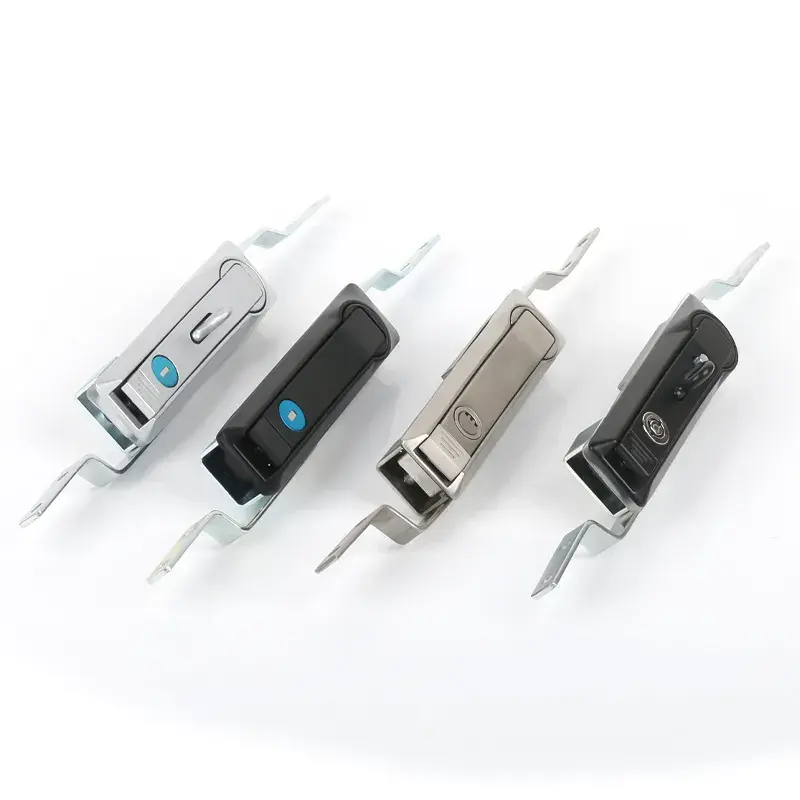Rod Lock's Design Points
2025-06-23
Rod locks are critical components in various mechanical systems, particularly in industrial and automotive applications, where they are used to secure rods or shafts in a desired position. Their design focuses on providing a secure and reliable method of locking a rod while also allowing for quick release or adjustment when needed. Below are key design points to consider when developing a rod lock:
1. Locking Mechanism
The primary function of a rod lock is to securely hold a rod in place. The locking mechanism can vary depending on the application, but it typically involves a spring-loaded component or a mechanical detent that engages with the rod. The locking force should be strong enough to prevent any unintended movement, even under high vibration or external forces.
Types of locking mechanisms:
Spring-loaded pins: These pins are automatically engaged into a series of holes or grooves along the rod, locking it in place.
Clamping mechanisms: A clamping device can surround the rod and exert a force, ensuring the rod is tightly held.
Rotary locks: Some designs involve rotating a locking component around the rod to prevent any axial movement.
2. Ease of Release
While a rod lock must be secure, it should also allow for easy release when required. The design must ensure that the locking mechanism can be disengaged without excessive force or complexity. This is particularly important in applications where the rod or shaft needs to be adjusted or replaced frequently.
Common mechanisms for easy release include:
Push-button release: Pressing a button disengages the pin or latch.
Lever release: A simple lever or handle that, when moved, releases the lock.
Quick release pin: A pin that can be pulled out and reinserted quickly, without the need for tools.

3. Durability and Wear Resistance
Rod locks are often exposed to harsh conditions, including high temperatures, humidity, and physical wear. Therefore, materials used in the design must offer durability and resistance to wear. Stainless steel, hardened alloys, or composite materials are commonly used for components that are subject to frequent engagement and disengagement.
For areas of friction, such as the contact points between the lock and the rod, additional consideration must be given to:
Lubrication: Lubrication can reduce wear and extend the lifespan of the rod lock.
Coatings: Hard coatings like nitriding or ceramic coatings can provide an extra layer of protection.
4. Size and Adjustability
Rod locks need to be designed to accommodate different rod sizes and allow for some level of adjustability. The design should ensure that the lock is compatible with rods of varying diameters and lengths while maintaining a secure hold. This flexibility is especially important in industries such as automotive and machinery, where different configurations of rods may be used across different models or machines.
A few considerations for this point include:
Adjustable jaws or clamps: These can help accommodate different rod sizes.
Variable locking slots: A design with multiple locking positions allows the lock to be used with rods of various lengths.

5. Safety Features
Safety is a crucial aspect of any mechanical component, and rod locks are no exception. The design should minimize the risk of accidental disengagement, especially in high-risk environments. Some safety features that can be integrated into the design include:
Double-locking mechanisms: A secondary locking mechanism can be added to prevent accidental release.
Indicator systems: A visual or tactile indicator that confirms the rod is locked in place can improve operational safety.
6. Corrosion Resistance
Rod locks are often used in environments where they are exposed to water, chemicals, and other corrosive agents. A robust rod lock design should ensure resistance to corrosion to prevent failure or weakening over time. Materials like stainless steel or components treated with anti-corrosion coatings are common choices for this purpose.
7. Compact Design
In applications where space is limited, such as in tight machinery or automotive systems, the rod lock design should be compact without compromising functionality. Minimizing the lock's footprint while maintaining its strength and security is crucial in such situations.
8. Cost-Effectiveness
While performance is a primary concern in rod lock design, it must also be cost-effective. The selection of materials, manufacturing methods, and the overall design process should consider both performance and cost. Mass production techniques, like injection molding or stamping, can be employed for more affordable production.
9. Temperature Resistance
In many industrial and automotive applications, rod locks are exposed to extreme temperatures. The design must account for temperature-induced changes in material properties, such as expansion or contraction. Heat-resistant alloys or thermally stable components ensure that the lock performs reliably, even under high-temperature conditions.
10. Noise Reduction
In applications where rod locks are used frequently or under vibration, noise can be a concern. The lock design should minimize noise caused by the locking mechanism's engagement or release. This can be achieved through materials that dampen sound or by designing quieter engagement and release mechanisms.
Conclusion
The design of a rod lock involves balancing security, ease of use, durability, and cost. By carefully considering these design points, engineers can create a reliable, efficient, and safe rod locking mechanism that meets the specific needs of different applications. From the selection of materials to the choice of locking mechanism, every detail plays a crucial role in ensuring the lock performs optimally across its intended lifespan.
As a professional manufacturer and supplier, we provide high-quality products. If you are interested in our products or have any questions, please feel free to contact us.


